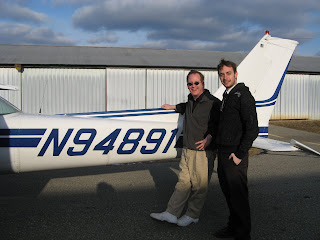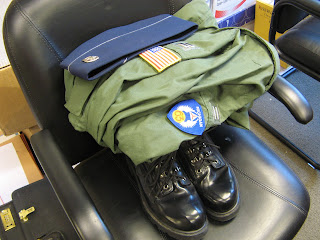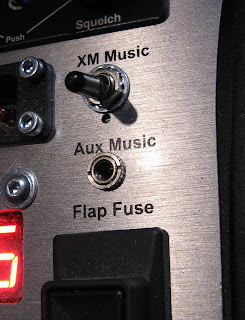
This is a regular blog post. If you want show notes or links to show audio, please check out the other posts. In particular, if you’re looking for the audio version of the LASP comment, check out http://tinyurl.com/dzmf3l.
Well, I’ve struck a blow for freedom, however small and however likely to be ignored by the TSA. I do hope the pen is as mighty as my high school debate teacher always dreamed that it could be. Thanks, Mr. Raymond.
Here’s where we nurture our civil society, ladies and gents! Here, in the voting booth, and at town halls across the country. It might be airplanes this time and it might be another thing next time. But it’s reasoned (even if emotional) discourse that is our best hope to preserve what was won long ago.
Some of it by the very aircraft that we now rise to protect.
I posted my comment to the TSA’s NPRM regarding the Large Aircraft Security Program a few minutes ago. The full text (in PDF form) is here: http://tinyurl.com/avbfoy. Or you can just check out the TSA’s docket.
Many thanks to all who concurred in the comment. The honor roll that was attached to the comment follows.
Martin S. Aaron
David M. Allen
Jeffrey D. Anderson
Babette Andre
Russell S. Boltz
Jason Bunker
Scott Cannizzaro
David E. Crawford
Russ Coburn
David Cooper
Steven T. DiLullo
David Donaldson
Christopher M. Donnelly
Nathan Duehr
Terry N. Duehr
Gwenneth Dale Duke
Scott K. Duncan
Barry Farner
Richard Don Felty
Martin A Flynn
Dave Gamble
Todd Garrison
James Goldman
Philip J. Gustafson
Quentin D Guzek
Matthew Hammer
Will Hawkins
Douglas W. Hindman Jr.
Christopher F. Hollomon
Brent P. Humphreys
Matt James
Kris Kirby
Craig D. Lake
Laryn D. Lohman
Eric Max
Dick McKay
Brian S. Michael
Michael J. Mikolay
Charles H. Mount Jr.
Rudy Poussot
Dennis N. Reed
Perry Reed
Steven B. Reed
Patrick Rountree II
Martin G. Santic
Hans-Peter Scheller
Jeremy Sebolt
Deric A. Selchow
Kent G. Shook
Alan W. Sieg
Carl Smith
E. Thomas Sisk
Bob Skala
Andy Small
Kevin J. Smith
Nathan J. Smith
Bill Williams
Note that 10 additional persons expressed concurrence with this comment but were either not United States citizens or did not express concurrence in a way that made it sufficiently clear to me that they wished to have their names included with the comment.
I appreciate the international folks and I might add them in an update to the post if I get time. As for the others, I sure didn’t mean to shunt anyone who wanted to be on the list. But this is a pretty inflammatory and heartfelt comment and I wanted to be reasonably sure about each person’s wishes before sending this adversarial hairball to the TSA with his/her name on it.
Now we wait to see what the TSA does. In the meantime, support your local DC-3 operator (my personal favorite being www.thedc-3network.com) and/or other operators of aircraft between about 12,500 pounds and 100,000 pounds max gross takeoff weight.
Keep your fingers crossed!
Nowback to your regularly-scheduled Airspeed!




